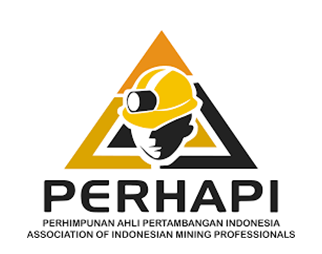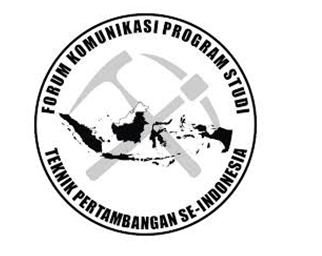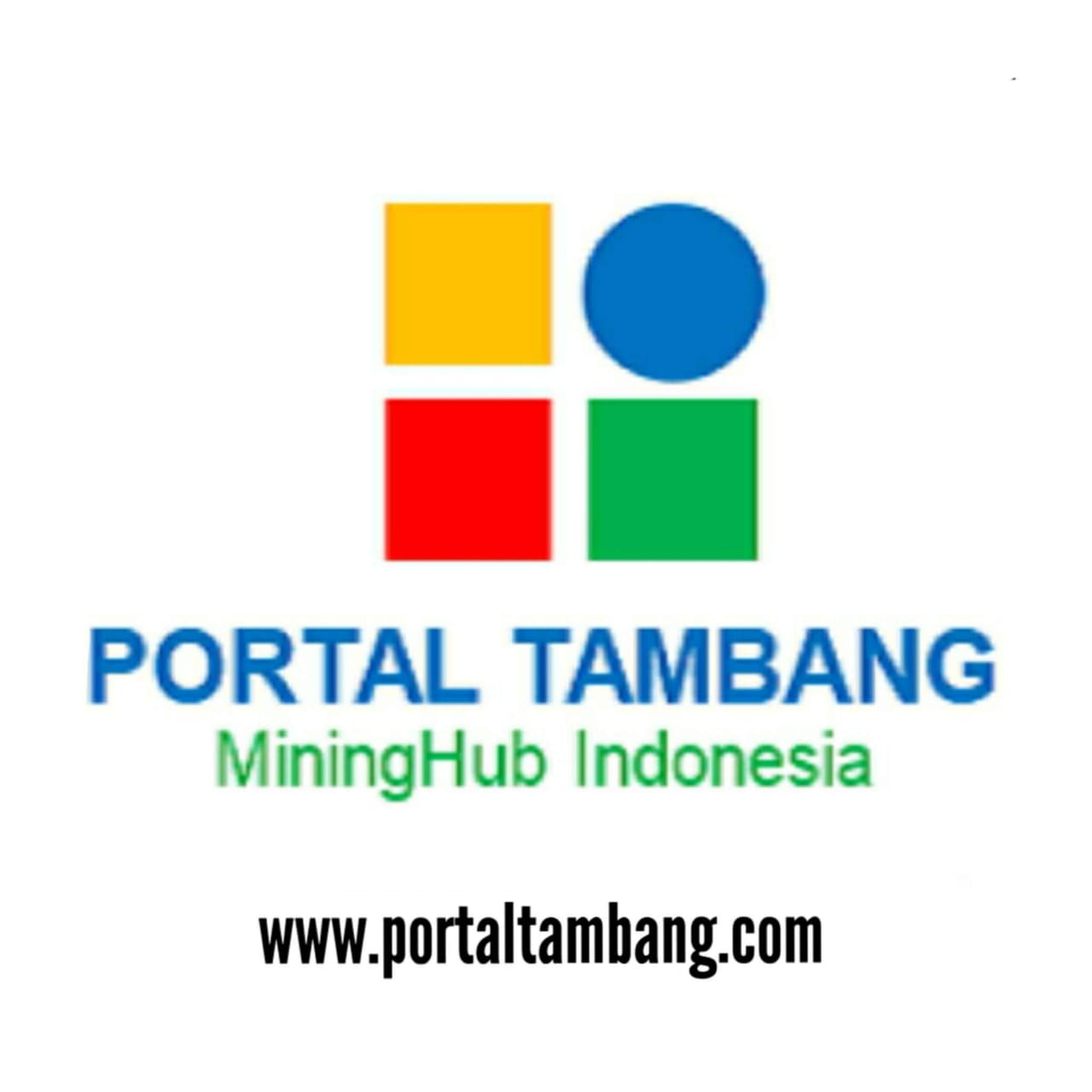Perubahan Sistem Kelestarian Air Tanah di Cekungan Air Tanah Wates Akibat Pembangunan Bandara Internasional Temon Kabupaten Kulonprogo DIY
Abstract
Underground water is a component in the hydrological cycle, formed by rainwater that seeped into the
soil and flows through the media layer of rock (aquifer) in groundwater basin. Wates basin’s
grounwater includes the Wates District, Temon, Panjatan, Lendah, Brosot, a little part of the District
Sentolo and Pengasih located in Unit Plateau of volcanics fluvio, beach units and sand dunes with the
alluvial material consisting of sand, gravel, silt, and clay, flat morphology, relatively lithology and
groundwater characteristics. This lithology is potential with the occurrence of groundwater
conservation system changes, if there is excessive ground water extraction in the region which can be
characterized by the increase in salinity in ground water. The main objective of this study is to assess
the full qualitative and quantitative groundwater in the Basin Groundwater Wates International Airport
due to Temon airport construction in relation to maintaining the sustainability of groundwater systems.
The methods in this study consists of several steps, starting from observation and rock’s/soil
discribtion include: measurement of rock bedding, measurement of geological structural elements,
observation of morphological conditions, and sampling soil / rock to be tested in laboratory about the
content of the mineralogy, texture and structure. Observation of surface water and groundwater is
done by testing the physical properties of the surface water include: smell, taste, turbidity, temperature
(T), acidity (pH), electrolit conductivity (EC), and taking water samples to be tested in the laboratory to
determine the elements it contains a chemical that results will be used to created Diagrams Stiff and
Trilinier. Estimation of resistivity (geoelectric) was conducted to determine the condition of the soil/rock
below the surface to a depth of more than 75 m, with the aim to determine the configuration of the
aquifer both laterally and vertically, the results of which will provide an overview/three-dimensional
cross-section of the local groundwater system deposits carefully situations and recharge area. The
cross-sectionwill shown information quantity/amount of groundwater and the identification of the coast
towards the potential intrusion of sea water. The results of mineralogical analysis of rocks and
hydrochemical groundwater will provide information on the distribution of groundwater quality. This
quality conditions will certainly change with the start of construction of the airport and after
construction of the airport. Information about the mineralogical content of rocks, hydrochemical
content of water and aquifer configuration will be able to contribute to efforts in the area of
groundwater International Airport Temon, DIY.















